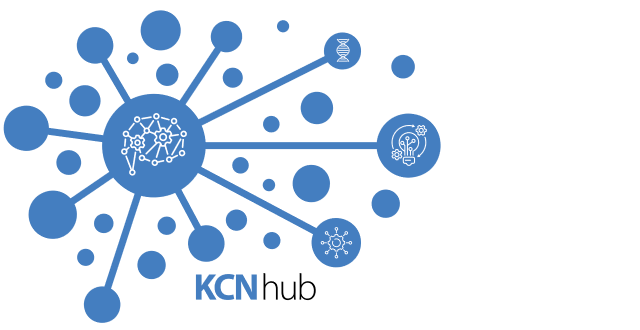23 January 2024
09:30 - 11:00 AM
4KD503 (4th floor, room 503)
Krembil Discovery Tower, 60 Leonard Avenue
Qian Lin (Toronto)
Identify a cognitive cerebellum from whole-brain neurodynamics
Abstract: Cognitive function, such as decision-making, relies on interactions of multiple brain regions. To understand how the brain makes decisions, I combined whole-brain neural imaging using state-of-the-art microscopy, i.e., LFM, and advanced computational tools on behaving larval zebrafish. With these unprecedented technological advances, I demonstrated experimentally that motor planning relies on the coordination and integration of brain-wide information, a widely accepted notion that had never been directly tested by experiments. I discovered a particularly strong preparatory signal in the cerebellum, predictive of decision direction and time seconds before the actual movements. I developed a cerebellar decision-making model, in which bi-hemisphere competition determines the decision direction, while bi-hemisphere cooperation determines decision time. Our work was one of the first studies to apply LFM to neuroscience research, and we proposed a quantitative cerebellar decision-making model, challenging the traditional view that the cerebellum is only a motor-control structure. This work highlighted a cognitive cerebellum and demonstrated brain-wide information coordination during motor planning, thus emphasizing the importance of whole-brain neural recording to study cognitive functions.
Bio: Qian Lin joined the University of Toronto in 2022. She is a systems neuroscientist who studies the neural computation of cognition, by whole-brain single-neuron recordings in behaving zebrafish. Before joining UofT, she was a Leon Levy postdoctoral fellow at the Rockefeller University in NYC. She got her Bachelor at the University of Science and Technology of China in 2011, and PhD at National University of Singapore in 2016. She spent one year at Research Institute of Molecular Pathology (IMP) in Vienna Austria as a postdoc before moving to NYC.At UofT, the central question of her lab is – how does the brain produce adaptive, flexible behavior? Qian takes a multi-disciplinary and holistic (systems) approach to answer this question. She combines whole-brain neural imaging and computational tools on behaving animal models to study the neural mechanisms underlying cognition and behaviors at the systems level. To access the whole brain with single-cell resolution at a high speed, she works with the zebrafish model and cutting-edge microscopies. Her approach is to develop data-driven computational models that can explain and predict behaviors from neural activity.

